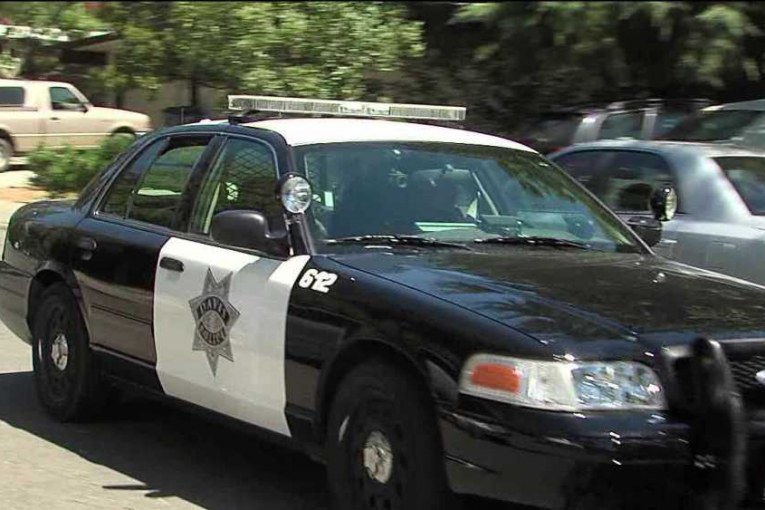

By Linh Nguyen
DAVIS — The six subcommittees of the Davis Police Accountability Commission share their reports during the Nov. 2 meeting, following the review of the 2020 Yolo County Grand Jury Report, review of the independent police auditor and update from the police auditor.
The temporary joint subcommittee with Social Services and Human Relations for improvements to public health and safety presented first. Commission Chair Dillan Horton believes that this subcommittee group is nearing the end of its timeline before presenting its findings to the City Council, which is tentatively scheduled for Dec. 1. The joint subcommittee is scheduled to meet on Nov. 18.
Horton, Cecilia Escamilla-Greenwald, Judith MacBrine and Don Sherman are a part of this subcommittee.
The agenda for the Nov. 18 joint subcommittee meeting is to discuss race and policing in Davis, public safety and social services in Davis and summaries and next steps.
Specifically, they will focus on issues pertaining to the determinants of racial disparity, shifting nonviolent service calls to unarmed responders, periodic refresher trainings on procedural justice crisis intervention and implicit bias training, reducing fatigue and stress among officers, partnership of university researchers to explore issues related to mental health and law enforcement, larger partnership with Yolo County Health and Human Services, ideas of “8 Can’t Wait” and other topics similarly pertaining.
The joint subcommittee is expecting to receive feedback from the City Council for improvements.
The document MacBrine presented has not yet been presented to the commission because it is “very, very, very draft” and that there are not a lot of “substance pieces.” Once the group has broad ideas around the proposals, they will invite the public to engage with the report.
Horton’s concern is that the other members would not have the ability to provide as strong feedback. He suggests that Kelly Stachowitz, the Assistant City Manager, could send it to the other PAC members and have them send their suggestions to Stachowitz.
Stachowitz’s concern is that the time between the joint subcommittee meeting on Nov. 18 and the turnover to the City Council on Dec. 1 would not give the commission time to review the findings. Therefore, the commission would need to give permission to the subcommittee to speak on behalf of the full commission.
Horton expressed that he is not comfortable with four of the commission members speaking for the whole commission.
Vice Chair Mary Bliss moved to give the subcommittee ability to take action on their behalf. Sean Brooks seconded that motion. The motion passes.
Mayor Gloria Partida stated that those opposing anything in the findings can express opposition during the public comment time allotment at the City Council meeting.
The outreach subcommittee and the Davis Police Department policy and procedure subcommittee did not have any updates to report.
The mental health subcommittee’s update was already mentioned with the joint subcommittee.
As for the PAC and UC Davis relations committee, led by Abram Jones and Judith MacBrine, the biggest piece of news is that they submitted the grant to have the Portland Red Door group, a group focused on changing racial ecology through the arts, to present on campus. However, UC Davis did not win the grant.
During the PAC/DPD leadership meeting subcommittee, led by Bliss, MacBrine and Sherman, update, Bliss stated that she feels the subcommittee needs to be dropped because there have been other conversations in the community centered around policing and the DPD chief has agreed to meet with the subcommittee under certain conditions.
Public commenter Jordan Varney stated that “8 Can’t Wait” shouldn’t be indicative of forward progress in the police department.
“It is less than the bare minimum,” she said. “People have been killed in cities that have that. 8 to Abolition, even if we don’t adopt abolition, is way better and has better ways of holding police accountable.”
The next public commenter, Francesca Wright, stated that she finds it “incredibly” disturbing that regular meetings with the police chief are not happening and will only happen under his conditions. She hopes that the mayor and vice mayor are recognizing this issue.
Next, Wright said that it is frustrating to look at the report.
“It is so frustrating seeing things across the screen like ‘get the public to not fear the police,’” she said.
She also asked if the report has any underlying power differential between an armed force and an unarmed person who may have mental illness or had previous interaction with the criminal system.
“I hope that there is a section in the report that addresses the fundamental power differentials, the racism, the classism, the fear of the unhoused, the fear of the vulnerable,” she said. “We must address those in this report because the reason we need a different system is because the current system isn’t working. It’s not that we need to get people to like the police or not be afraid of a police officer… It’s not an individual issue; it’s an institutional issue.”
If this is an objective, this reminds me of efforts to improve gun safety or reduce destructive drug use or reduce premarital sex through educational efforts to change personal behavior. These are all largely failures because we can’t reach enough people and we can’t easily change people’s attitudes. As Francesca pointed out, this is an institutional problem created by institutionally-incented behavior by law enforcement personnel. We shouldn’t be trying to change citizens’ attitudes to conform with how law enforcement wants them to be–we need to change law enforcement to meet citizens’ expectations.
I remember sitting in the dorm with friends at UCD, possibly under the influence an the evil weed (can’t remember which one), in the 80’s when this would come on the television:
https://www.youtube.com/watch?v=GOnENVylxPI
I know we all put down the hoohamacallit and went cold turkey right then and there.
Actually we laughed our arses off.